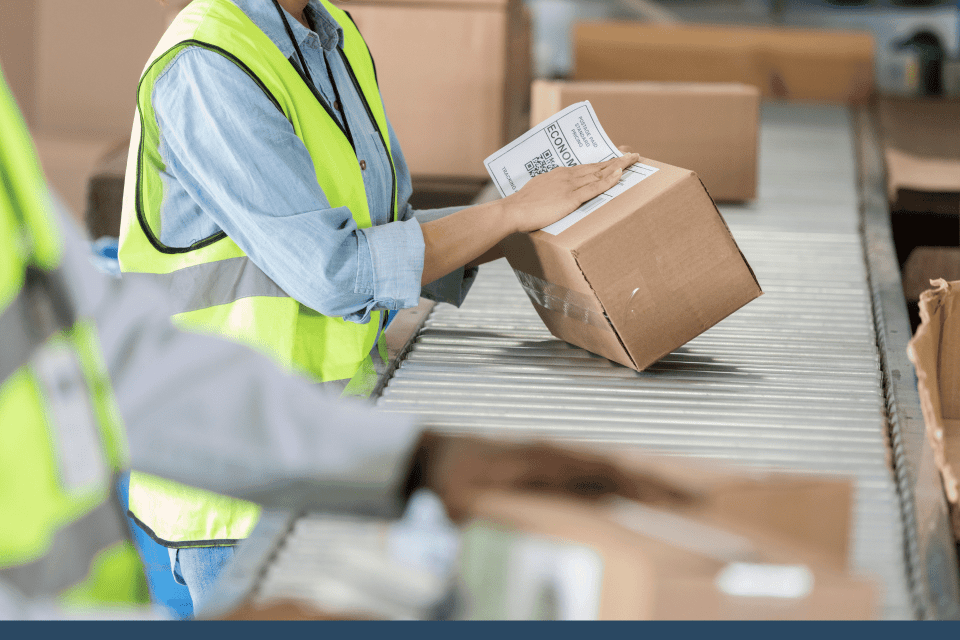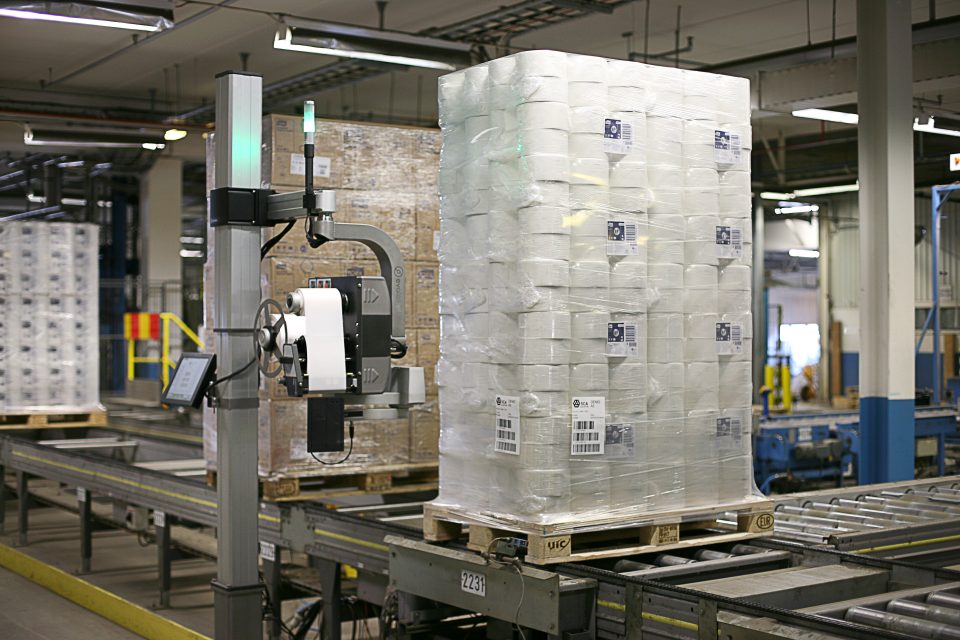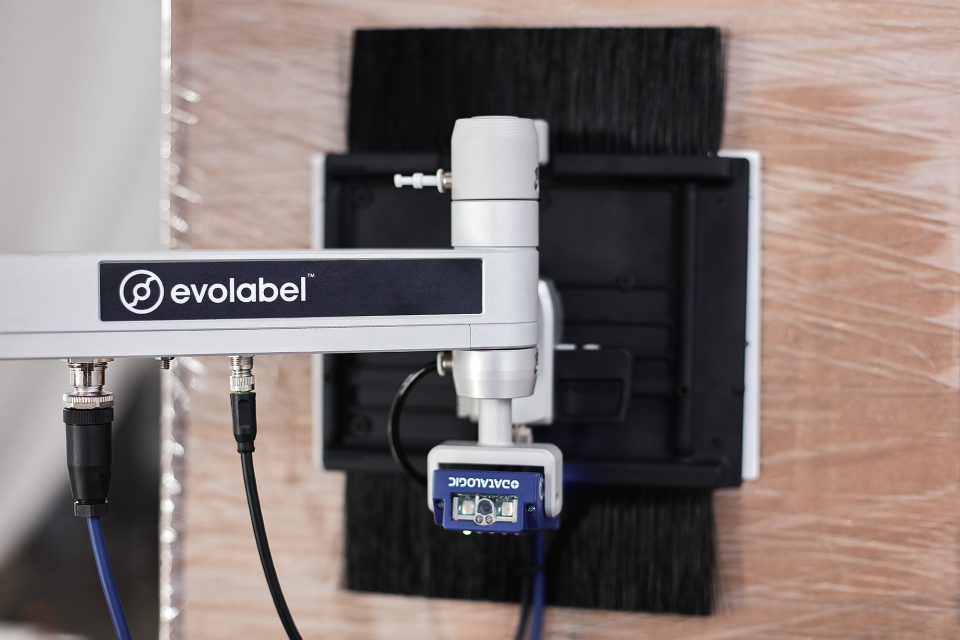 Product labels serve a number of purposes from giving customers the information they need to make informed decisions, to keeping products moving through the supply chain. Accurate labelling is therefore crucial, yet three-quarters of businesses say more than 10% of their goods are wrongly labelled each year.
Product labels serve a number of purposes from giving customers the information they need to make informed decisions, to keeping products moving through the supply chain. Accurate labelling is therefore crucial, yet three-quarters of businesses say more than 10% of their goods are wrongly labelled each year.
These mistakes cost organisations an average of £65,000, not to mention a host of additional hidden charges including loss of brand reputation, product returns and shipping delays.
In this blog, we’ll explore the impact of incorrect labelling further and look at practical solutions, including the installation of advanced print and labelling systems that can reduce errors and improve productivity.
What causes product labelling errors?
Mistakes with product labelling can occur for several reasons; they may be a result of human error, equipment breakdown or environmental factors such as the printing environment. By investigating these causes and understanding them fully, businesses can take proactive steps to address and mitigate the issues.
Let’s look at some of the most common reasons mistakes occur:
- Human error: It’s estimated that a human operative will make one mistake for every 300 touches on a production line. These may be typographical errors, inputting incorrect information or placing labels incorrectly during placement.
- Outdated technology: Manual labelling systems are prone to errors and inconsistencies. Old printers may not print accurately and the text can be difficult to read.
- Environmental issues: Environmental conditions such as temperature and humidity as well as exposure to dust can affect both the label quality and its adherence to surfaces.
- Poor integration: Inadequate integration between labelling software and other business systems can lead to data mismatches and discrepancies in labelling information, leading to formatting issues and incorrect outputs.
- Complex requirements – the more complicated the label, the greater the likelihood of errors arising. This applies to both the information being printed and the label size, shape and design.
The costs of incorrect product labelling
The impact of these mistakes can be costly – and not just in a financial sense. Errors can also cause reputational damage, loss of market share and disrupt the production line.
Mislabelled products can be harder to track, leading to delays, customer complaints and cancelled orders. Where labels contain important information, such as on food or pharmaceuticals, mistakes may have serious consequences for food safety and compliance. Regulatory fines and penalties are rightly high and there are associated legal costs too.
Errors also impact on customer satisfaction and brand perception, eroding customer trust and confidence. Negative publicity relating to labelling mistakes and recalls can do further damage, both to reputation and market share as customers seek out alternatives.
Providing a solution to product labelling errors
Print and apply labelling solutions are widely used in manufacturing, warehousing and logistics to reduce errors and the associated costs. The systems integrate with existing workflows and automate the process of printing and applying labels, making it faster, more accurate and more consistent.
There are three steps:
- Data input. The systems connect with current data management or ERP systems to receive barcode, text and other information for each label.
- Label printing. The integrated printer produces the label based on the information provided and real time data. Printers are high quality and capable of printing complex designs onto durable labels.
- Label application. Once printed, labels are applied automatically to the product using the most appropriate method for the package shape, surface and any specific application requirements. This may include tamp, blow or wipe application.
The benefits of using a print and labelling solution
As with many forms of automation, print and labelling systems can dramatically improve productivity and reduce costs through:
- Increased efficiency: The automation of repetitive tasks speeds up the labelling process and reduces the likelihood of errors.
- Reduced labour costs: Reduced reliance on manual labour allows workers to be redeployed to a part of the business where they can add more value, cutting down staff costs and boosting morale.
- Better consistency: Ensuring labels are consistently placed and adhere properly helps to maintain quality standards and brand image. Product traceability throughout the supply chain is also improved along with regulatory compliance.
- Scalability: Print and labelling machines can handle high volumes, making them suitable for large-scale operations and high-growth businesses.
To find out more about how a print and labelling system can drive the success and growth of your business, contact us for a free consultation.
Email Our Team
* Please complete all fields



